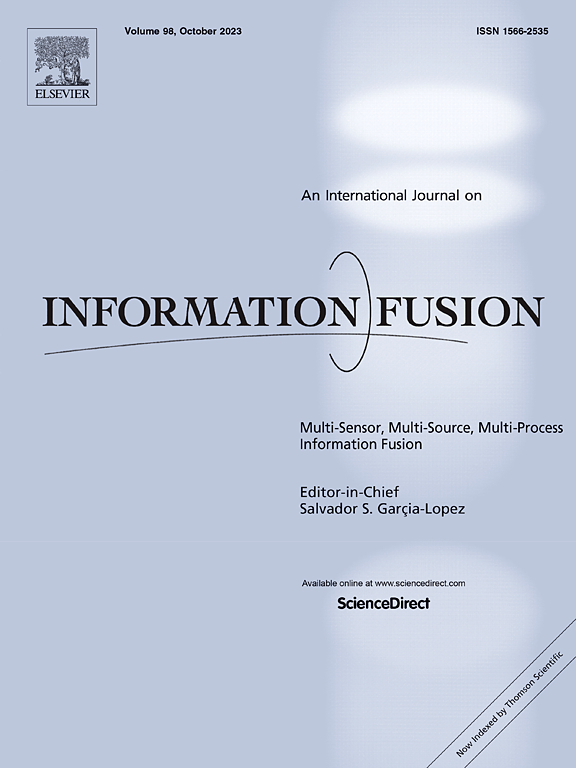Multi-fidelity modeling method based on adaptive transfer learning
IF 14.7
1区 计算机科学
Q1 COMPUTER SCIENCE, ARTIFICIAL INTELLIGENCE
引用次数: 0
Abstract
A wide range of problems in engineering applications require high-fidelity data to reflect real physical phenomena. However, only a small amount of high-fidelity data can be maintained under data acquisition cost constraints, which makes it difficult to meet the high-fidelity data needs of engineering application scenarios. This paper presents a multi-fidelity transfer modeling method, namely the Adaptive Transfer Learning Net (AtNet), aiming to suppress the overfitting phenomenon caused by the scarcity of high-fidelity data samples in multi-source data fusion. This method constructs multiple intermediate domains similar to the characteristics of the high-fidelity domain based on the minimum transfer loss theory, divides the transfer task into multi-stage transfer processes, and introduces rich and diverse feature information for the model to suppress the overfitting phenomenon. Finally, AtNet is applied to the multi-fidelity modeling task of numerical examples. Compared with traditional multi-fidelity modeling methods, AtNet not only maintains a high prediction accuracy but also can still effectively reflect the laws of high-fidelity data after further reducing the high-fidelity training data. In particular, AtNet is applied to multifidelity modeling scenarios involving SG6043 airfoil aerodynamics data and ONERA M6 pressure distribution data, comparative experiments were conducted by reducing high-fidelity training data. The results demonstrate that AtNet can approximate the true physical laws of aerodynamics using minimal high-fidelity training data, thereby reducing the cost of high-precision aerodynamic parameter design.
求助全文
约1分钟内获得全文
求助全文
来源期刊

Information Fusion
工程技术-计算机:理论方法
CiteScore
33.20
自引率
4.30%
发文量
161
审稿时长
7.9 months
期刊介绍:
Information Fusion serves as a central platform for showcasing advancements in multi-sensor, multi-source, multi-process information fusion, fostering collaboration among diverse disciplines driving its progress. It is the leading outlet for sharing research and development in this field, focusing on architectures, algorithms, and applications. Papers dealing with fundamental theoretical analyses as well as those demonstrating their application to real-world problems will be welcome.
 求助内容:
求助内容: 应助结果提醒方式:
应助结果提醒方式:


